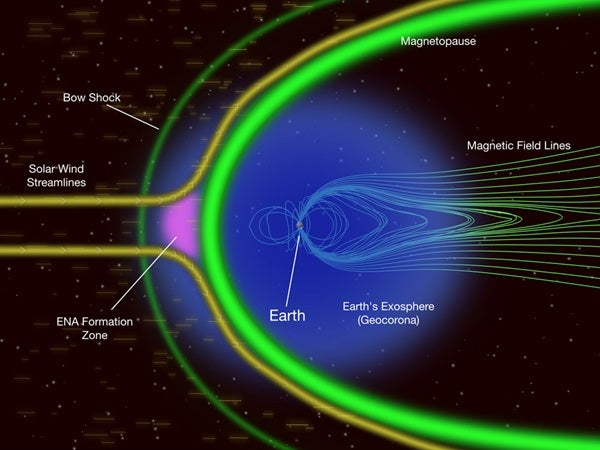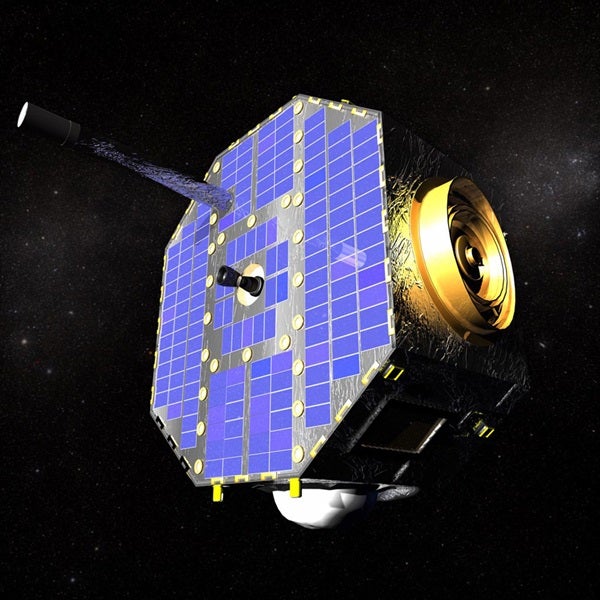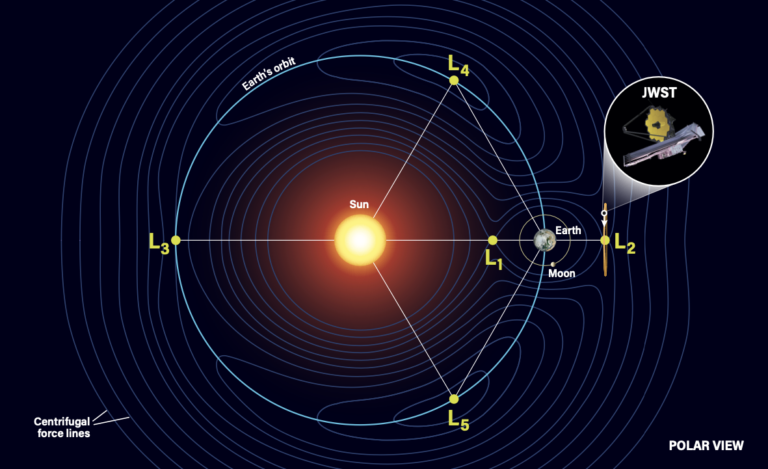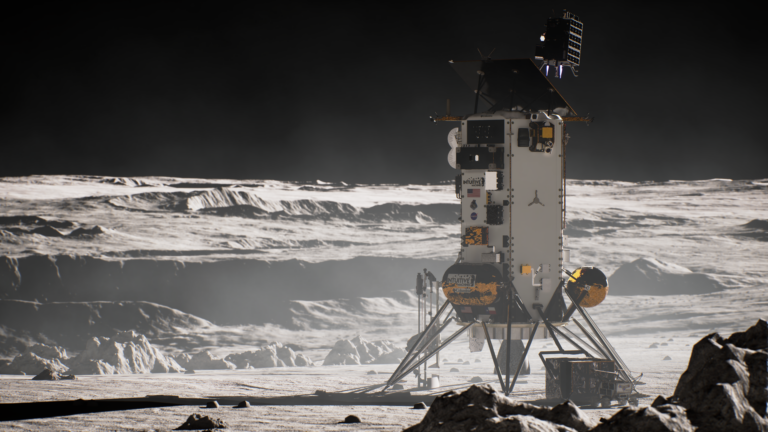Since its October 2008 launch, NASA’s Interstellar Boundary Explorer (IBEX) spacecraft has mapped the invisible interactions occurring at the edge of the solar system, surpassing its mission objectives with images that reveal the interactions between our home in the galaxy and interstellar space to be surprisingly structured and intense.
Less than 2 years later, its science program has also flourished into multiple research studies extending way beyond the original scope of the mission.
“The maps of the never-before-seen regions at the edge of our solar system have been remarkable enough,” said Dr. David J. McComas, from the Southwest Research Institute in San Antonio, Texas, “but to see the IBEX data also being used to make other important discoveries in the space environment closer to Earth is an extremely exciting bonus for the science community and NASA.”
IBEX provides global imaging of the interstellar boundary much like a weather satellite provides data about global and regional weather patterns on Earth. The Voyager spacecraft are like weather stations and provide pioneering point measurements of interactions in the interstellar boundary region from their two locations. Using the most sensitive neutral atom detectors ever flown in space, IBEX went far beyond those measurements by unveiling a striking, narrow ribbon of particles 2 to 3 times more intense than anything else in the sky. The Voyager measurements gave no indication of the ribbon’s presence, and no theories or models had previously predicted its existence.
Most recently, IBEX data have been extended to observe Earth’s magnetosphere from the outside. The magnetic bubble that surrounds Earth and interacts with the solar wind flowing out from the Sun has been studied extensively with various instruments and spacecraft from within, but IBEX has enabled the first direct observations from the outside.
Just as the interstellar boundary shields the solar system from the majority of galactic cosmic-ray radiation, so does the magnetosphere protect Earth from solar particle radiation. IBEX data show the pileup of the solar wind in front of the magnetopause, the boundary between Earth’s magnetosphere and interplanetary space, giving important new details about the processes that protect Earth’s atmosphere.
A number of other studies on the magnetosphere are in progress, including studies of the “night side,” the plasma sheet, the tail, and other magnetospheric structures.
“Science is often a process of getting new observations, admitting that we don’t know nearly as much as we thought we did, and building up new understanding from there,” said McComas. “The fun part is when the science community is faced with new observations and is forced to debate new theories and ideas. It will take a while before the community comes to a consensus about what the IBEX data really mean, yet we’ve already learned much, much more about our place in the solar system.”











